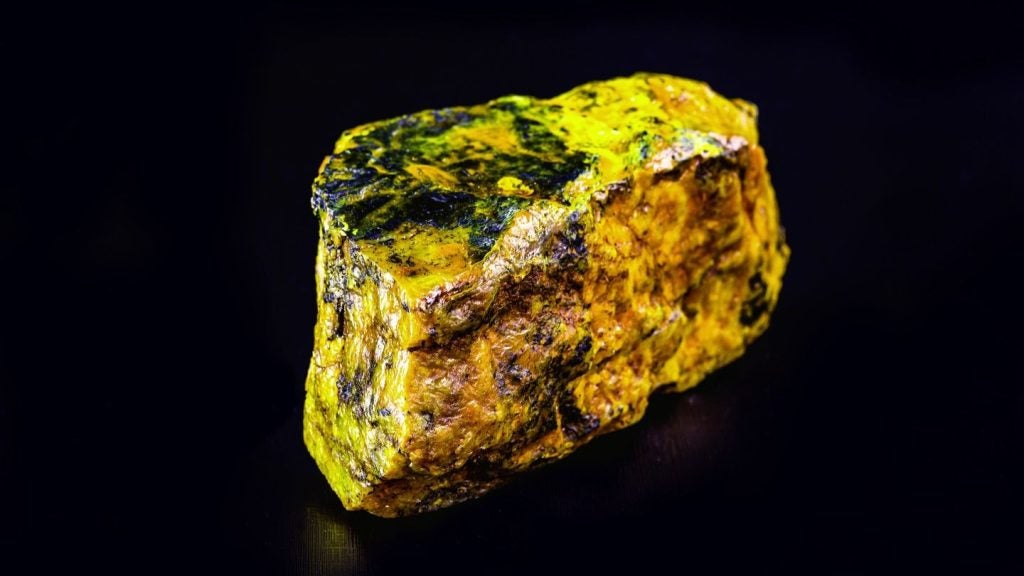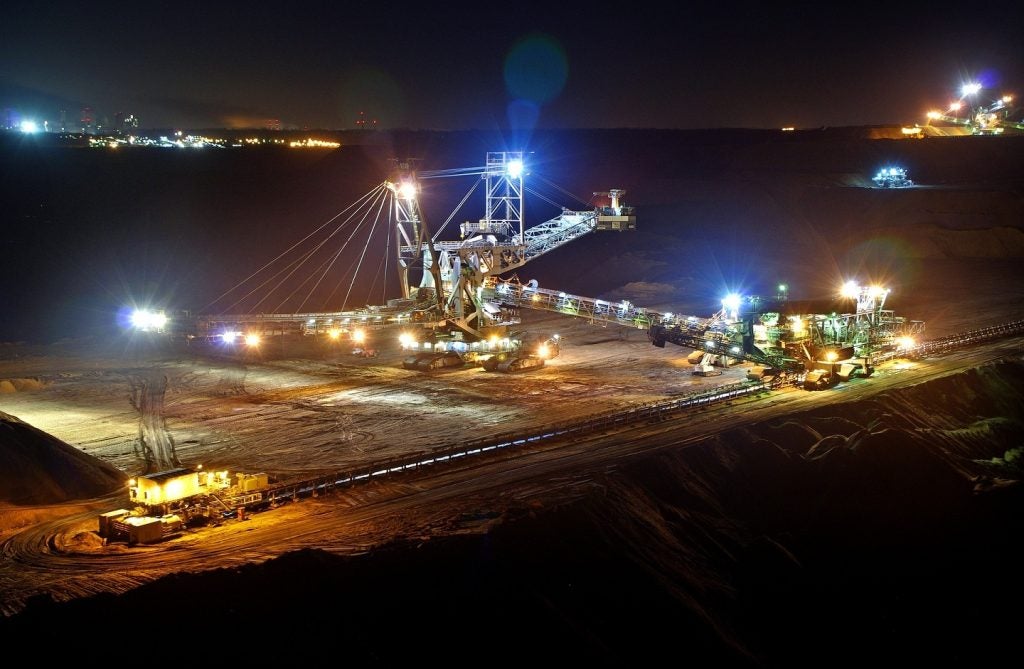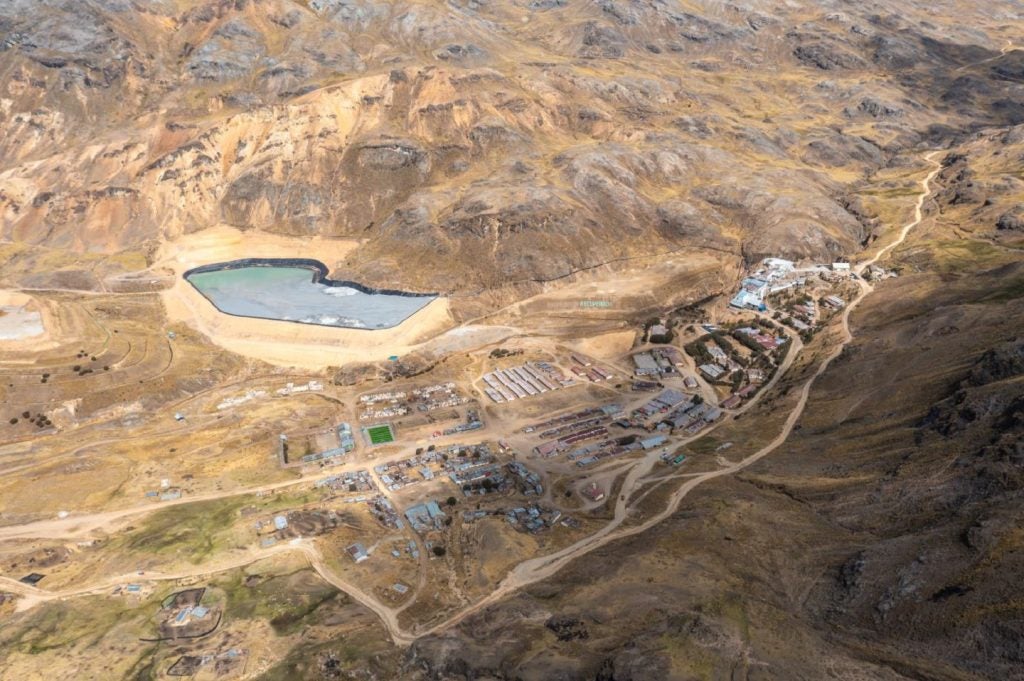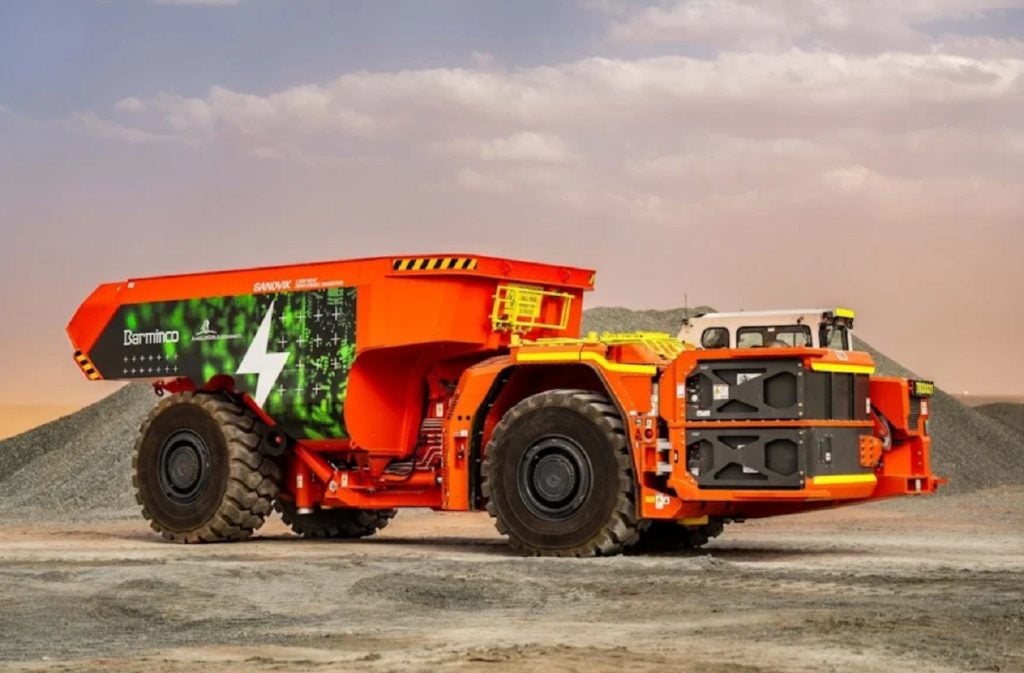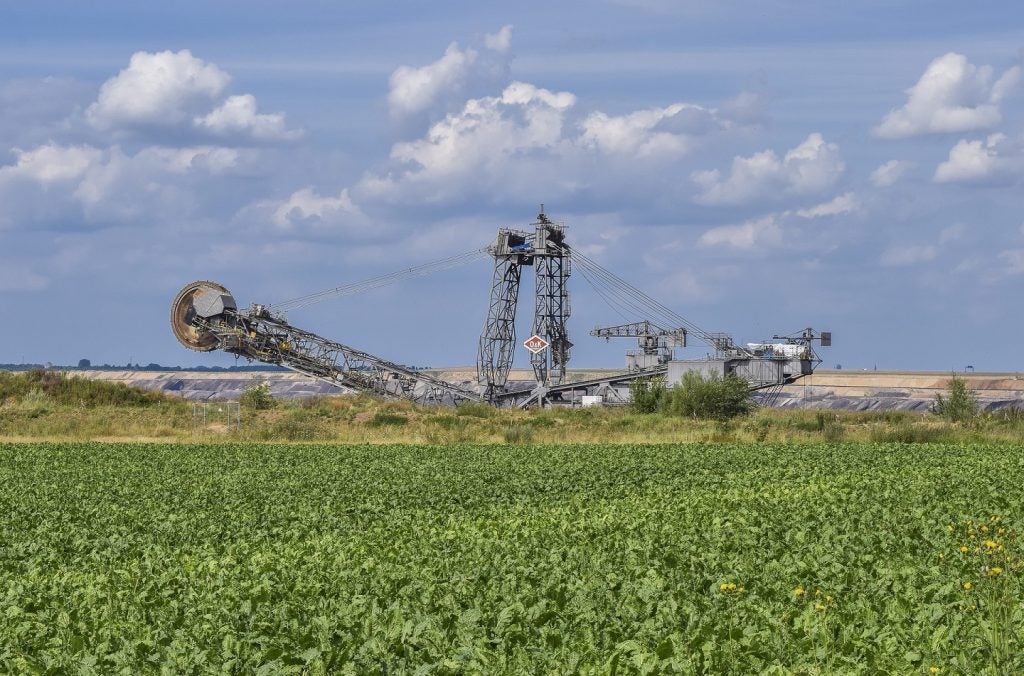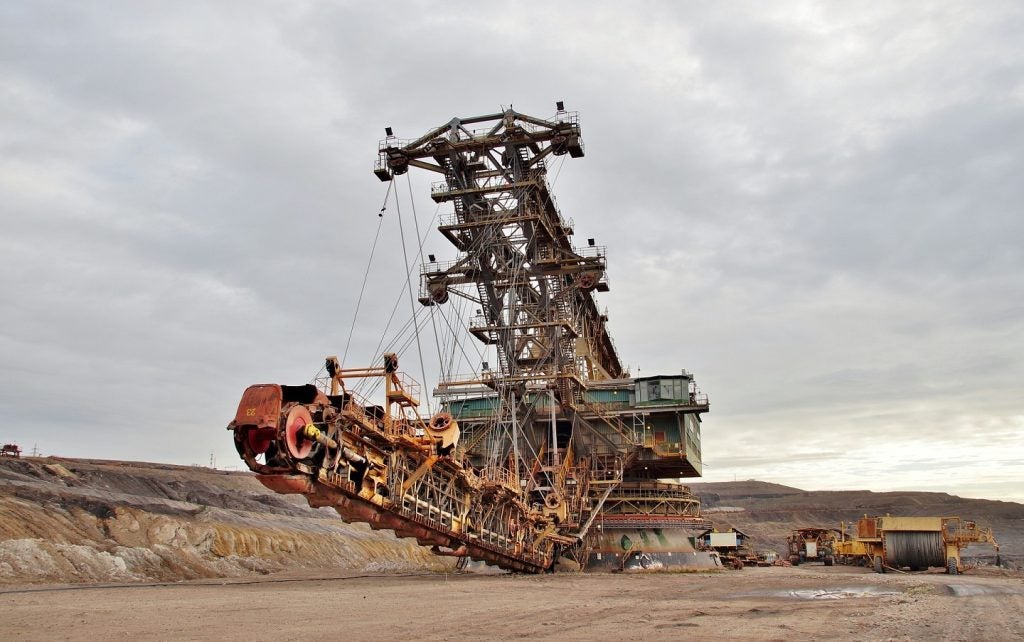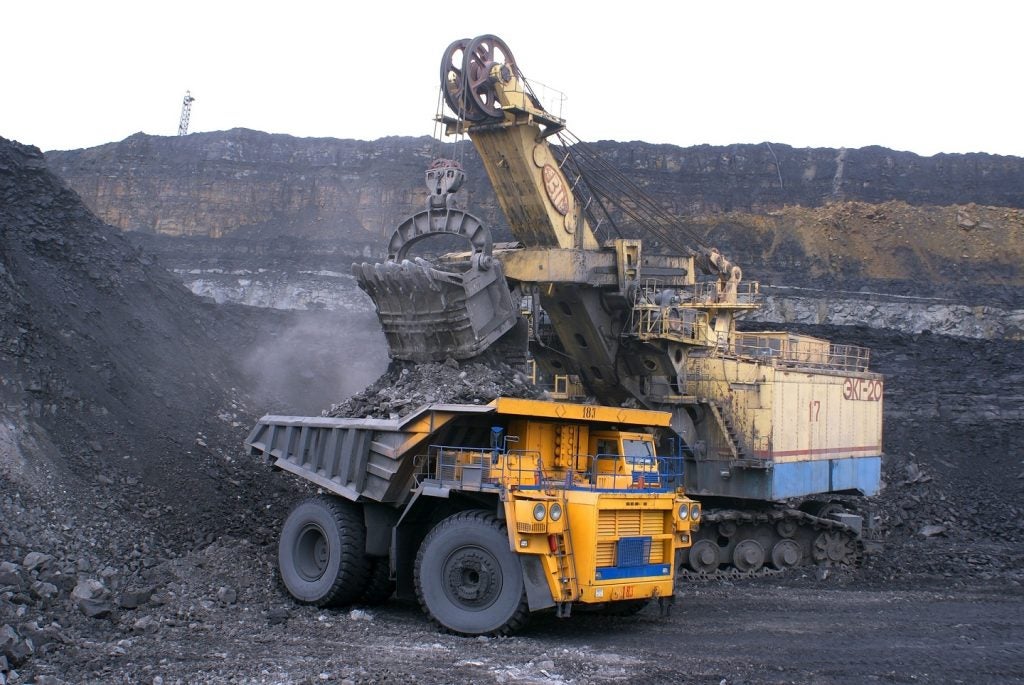Rio Tinto has failed to receive funding from Chinalco Iron Ore Holdings, its agreed partner, for one of the world’s largest untapped iron ore deposits, Simandou. Despite agreeing to a joint partnership in the mining project in 2010, Rio Tinto has spent more than $500m while the Chinese company has made no funds available, sources close to the matter told Reuters.
The joint venture, known as Simfer, is 53% owned by Rio Tinto while Chalco owns 47%. Simfer holds 85% of the developments in the iron ore mine, with the Government of Guinea, where the mine is located, owning 15%. Along with the mining, the project includes the building of 600km of rail infrastructure running the length of Guinea and the construction of port infrastructure on the coast of the Forécariah prefecture. This is to export iron ore from mining concessions in the south-east of the country.
When the project was announced in 2010, Chalco was to pay Rio Tinto, which holds the rights to develop the project, $1.35bn over two years. As of August 2022, Chalco’s wholly owned subsidiary, Shining Prospect Pte. Ltd, holds a 14.61% interest in Rio Tinto Plc.
The lack of funding from Chinalco, which according to one of the sources is being caused by a delay in the consortium gaining state approval on the financing, is therefore worrying for Rio Tinto. “The worry is that if their (Rio’s) partners don’t get approval from China on their funding, the money will deplete,” added one of the anonymous sources.
Rio Tinto has already committed to spending $2bn a year on the project in 2024 and 2025. Currently, 3,000 people are employed at the Simandou development, and Raphael Gnambalamou, a director-general at Guinea’s mines ministry, said that “the project is moving well”.



